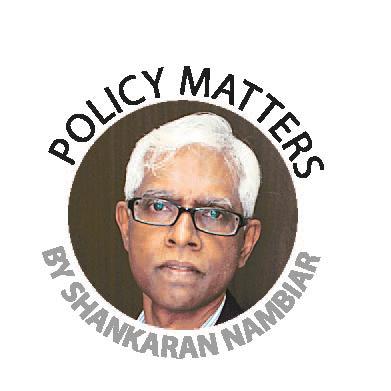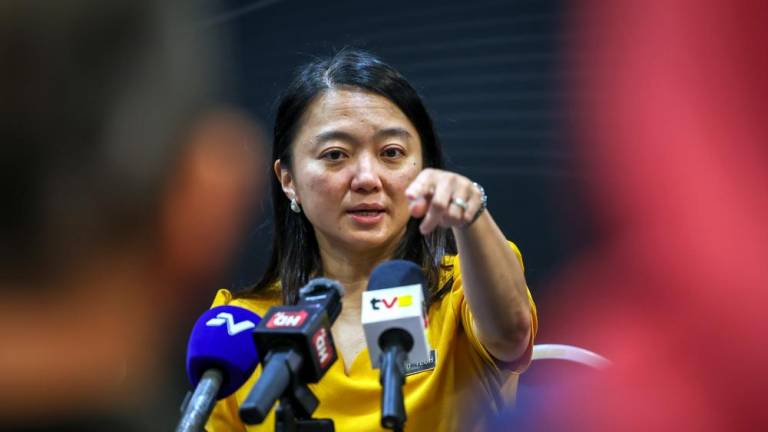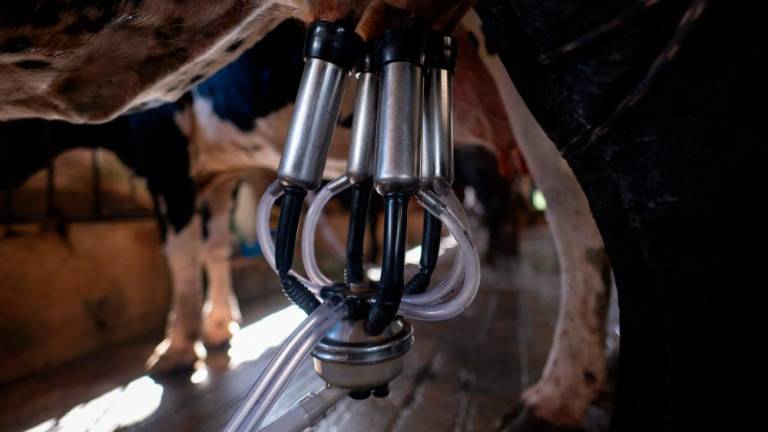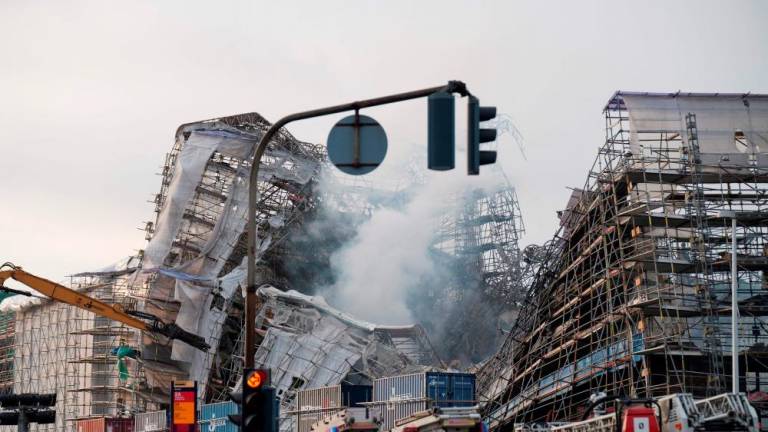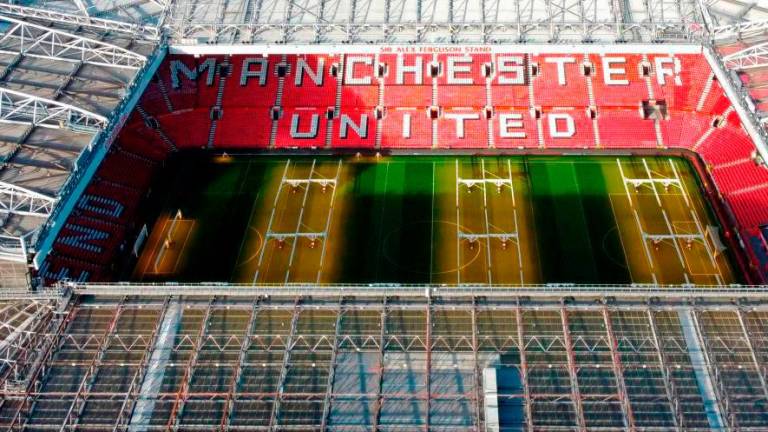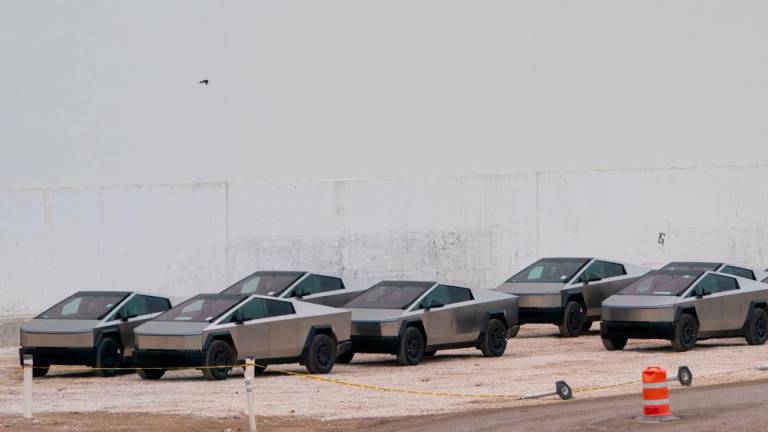AHEAD of the Belt and Road Initiative (BRI) Summit on April 26-27, the government decided to review its decision on two mega projects – the East Coast Rail Link (ECRL) and the Bandar Malaysia project.
Bandar Malaysia, a project with an estimated gross development value of RM150 billion, was conceived by the previous prime minister, Datuk Seri Najib Razak. The project includes a huge commercial centre and a transport hub that connects three urban rail links and 12 highways.
Bandar Malaysia is planned to sit over 197ha of prime real estate that will house commercial and residential property, subterranean shopping malls and indoor theme parks. The complex is expected to feature a financial hub.
Prime Minister Tun Dr Mahathir Mohamad had, apparently, mistakenly assumed that the project would be in the hands of one Chinese company and so decided to cancel it.
On coming to know that there is a consortium of companies behind the development of Bandar Malaysia, which was once locked in with the 1MDB scandal, the prime minister has decided to reverse his decision.
There is the notable presence of the China Railway Engineering Corporation in the development of Bandar Malaysia.
Misinformation and miscalculation, once again, lie beneath the prime minister’s earlier decision to suspend the ECRL project, which forms a part of the BRI.
The prime minister confesses to having initially thought that the BRI was a plan for China to flex its influence over the world.
After having attended the recent BRI Summit, he is convinced that the initiative is not a “domination plan”, instead he now lucidly understands the BRI to be about cooperation among participating countries, where both big and small countries are allowed equal voice in planning for the future.
Like Bandar Malaysia, the ECRL was promoted during Najib’s regime. There was little transparency on the project under the Barisan Nasional-led government of the time.
BN had not determined contractors for the ECRL through an open tender neither had it revealed details on the ECRL project when it was in power.
But now BN, which sits as the opposition, is asking for transparency on the ECRL contract, a demand that, indeed, is based on sound principles.
Guilty as they were of ignoring the principles they now discover to be valuable, the opposition also wants information on the memorandum of understanding that was signed between the China Communication Construction Company Ltd and the Malaysian Industrial Development Authority.
Mahathir’s response to the demand for transparency has been cryptic. He has said that the government wants to reveal details of the contract but has to be sensitive to China’s feelings on the matter.
Since the project has now taken a new route it would be fair to expect that a fresh economic and financial assessment had been undertaken. If it was, it is yet to be presented to the public.
Similarly, in the interests of transparency, an environmental impact assessment ought to have been conducted and the results placed in the public domain. To date this has not been brought up.
The new government has maintained its goal of espousing transparency and good governance, but the steps towards it, at least in the case of the ECRL project have been slow and reluctant.
Economic and financial transparency is especially relevant since no less than the ex-CEO of Keretapi Tanah Melayu Bhd (KTMB), Datuk Sarbini Tijan, has claimed that there is no need for the ECRL. In his view reviving the Gemas-Tumpat line would suffice. Nonetheless, this would have meant foregoing the cancellation fees.
The revival of the ECRL and Bandar Malaysia are a part of a larger picture to emerge. Economic Affairs Minister Datuk Seri Azmin Ali sees Malaysia’s participation in the BRI as a useful insertion of Malaysia’s place within China’s sprawling infrastructure network. It is a participation that he foresees will enable Malaysia to be a gateway to Asean.
Foreign Minister Datuk Saifuddin Abdullah, is equally keen on Malaysia’s inclusion within the BRI web, so long as all agreements and arrangements with China are fair to both sides. He is hopeful that being a part of the BRI will bring Malaysia investments from China.
At this point, with high debts, sentiments about the economy being subdued and global growth being slow, China does seem to offer a way out of the economic dilemma. But there is a likelihood that this strategy if taken far enough will result in a different realignment.
The parameters of the new alignment will be complex. But there are at least two possible consequences that Malaysia would have to come to terms with.
First, “Look East” which has meant looking to Japan may now come to mean China is the new North Star.
Second, the concept of Asean centrality may come to be diluted with the economic pivot to China. But, then again, a number of Asean member states realise the economic benefits of fitting into China’s initiative.
The BRI Summit seems to have effectively convinced the prime minister that China does have the path to peace, prosperity and civilisational connectivity. There may be a great deal that Malaysia’s lacklustre economy can gain from economic cooperation with China.
A dragon in times of need is a dragon indeed.
Shankaran Nambiar is a senior research fellow at the Malaysian Institute of Economic Research.
He is author of the recently published book, “Malaysia: At the Edge of Transformation”. Comments: letters@thesundaily.com




